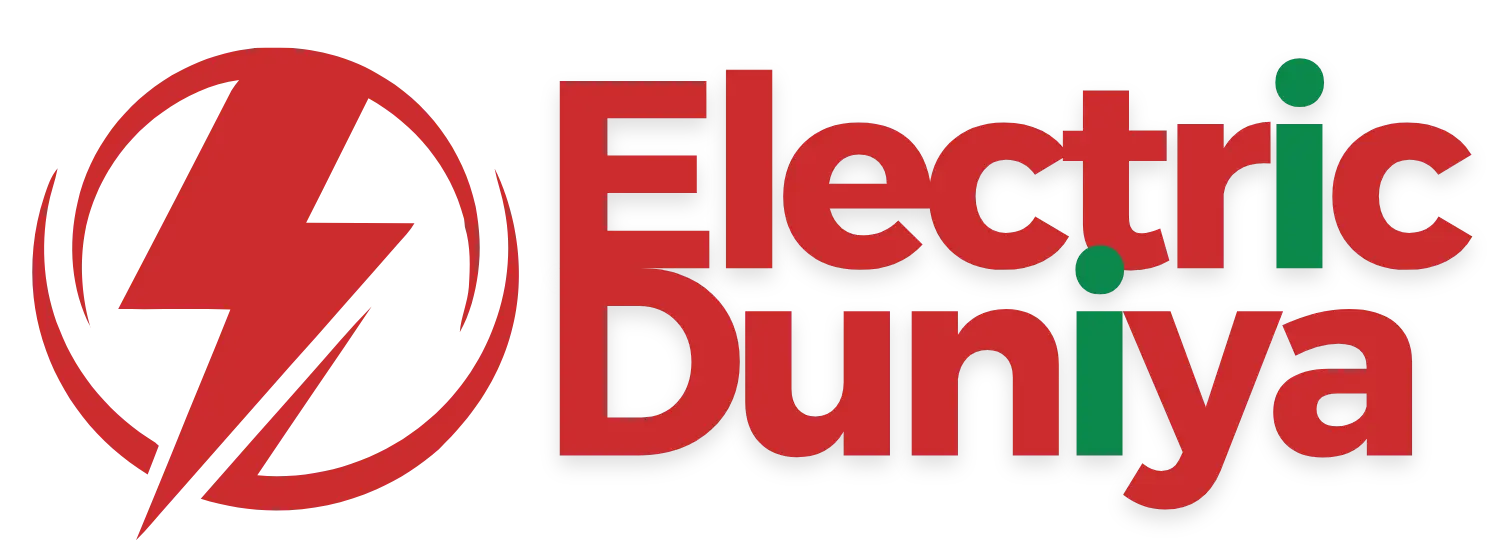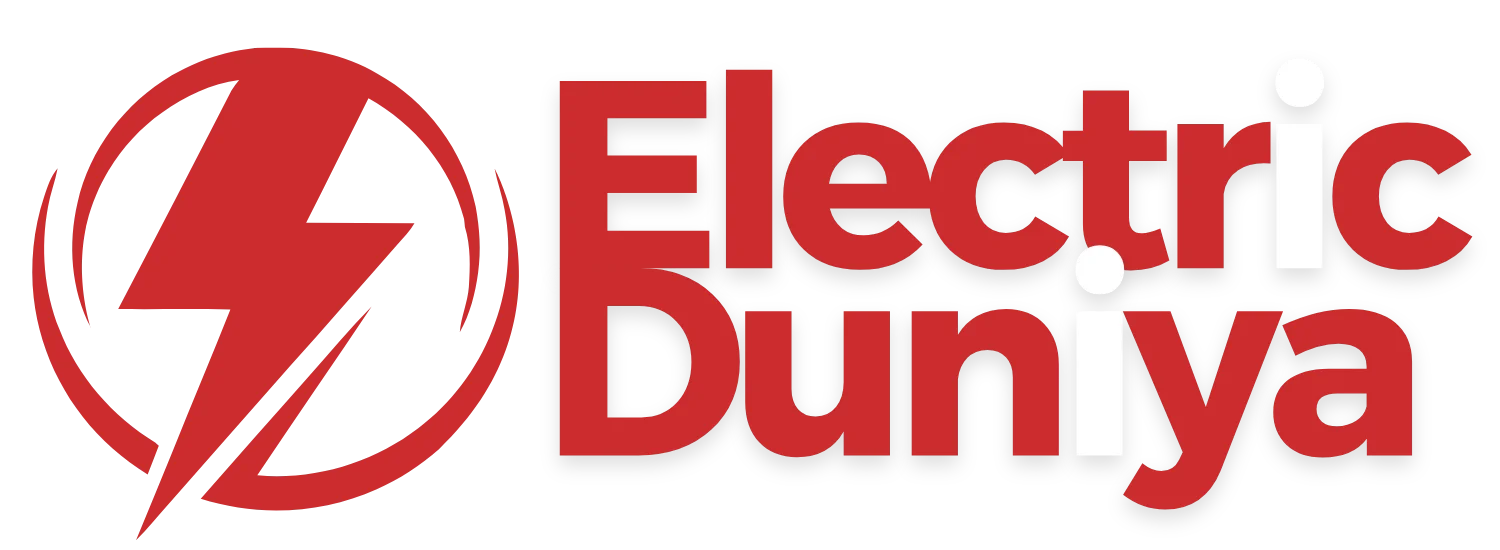Powertrain
The powertrain is the integrated system of components that generate, convert, and deliver power to move a vehicle. In EVs, it typically includes the motor, battery, transmission, and control units.
Overview
In traditional vehicles, the powertrain includes the engine, transmission, driveshafts, and axles, all working together to deliver power to the wheels. In electric vehicles, however, the concept of the powertrain is redefined. Instead of combustion engines, EV powertrains rely on electric motors, inverters, battery packs, and reduction gearboxes to convert stored electrical energy into motion.
This streamlined design reduces complexity, eliminates fossil fuel dependency, and maximizes efficiency. The EV powertrain also supports regenerative braking systems, enabling energy recapture during deceleration—an innovation that improves overall range and sustainability.
How Does It Work?
An EV powertrain follows a precise chain of energy conversion and delivery:
-
Energy Storage – The battery pack stores high-voltage electricity.
-
Power Conversion – The inverter converts direct current (DC) from the battery into alternating current (AC) for the electric motor.
-
Propulsion – The motor transforms electrical energy into mechanical torque, transmitted through a single-speed gearbox or reduction drive.
-
Regeneration – During braking or coasting, the motor works in reverse to generate electricity, recharging the battery.
This process ensures optimal synchronization between components, resulting in high efficiency, instant torque delivery, and smoother driving dynamics.
Features of Powertrain
-
High Efficiency – EV powertrains achieve energy conversion rates above 85%, far surpassing internal combustion systems.
-
Instant Torque – Electric motors provide immediate acceleration without lag, enhancing performance.
-
Compact Architecture – Fewer moving parts reduce weight and maintenance needs, improving reliability.
-
Scalability – Modular powertrain platforms allow manufacturers to adapt designs for small city cars, SUVs, and even heavy-duty EVs.
-
Integration with Electronics – Advanced software and control systems manage thermal performance, optimize driving modes, and synchronize regenerative braking.
Applications in EV
The powertrain defines how an EV performs, operates, and adapts to user needs. Some applications include:
-
Range Optimization – Efficient powertrain calibration extends battery life and maximizes distance per charge.
-
Performance Vehicles – High-output powertrains, like Tesla’s Plaid tri-motor system, deliver supercar-level acceleration.
-
Commercial EVs – Scalable powertrains in trucks and buses support heavy payloads while maintaining low emissions.
-
All-Wheel Drive Configurations – Dual-motor or quad-motor powertrains enable precise torque vectoring for stability and off-road capability.
Conclusion
The powertrain is the beating heart of an electric vehicle, transforming stored energy into motion with unmatched efficiency and precision. By simplifying mechanical complexity and leveraging advanced electronics, EV powertrains pave the way for sustainable mobility, high performance, and versatile applications across passenger cars, commercial fleets, and future autonomous platforms.

